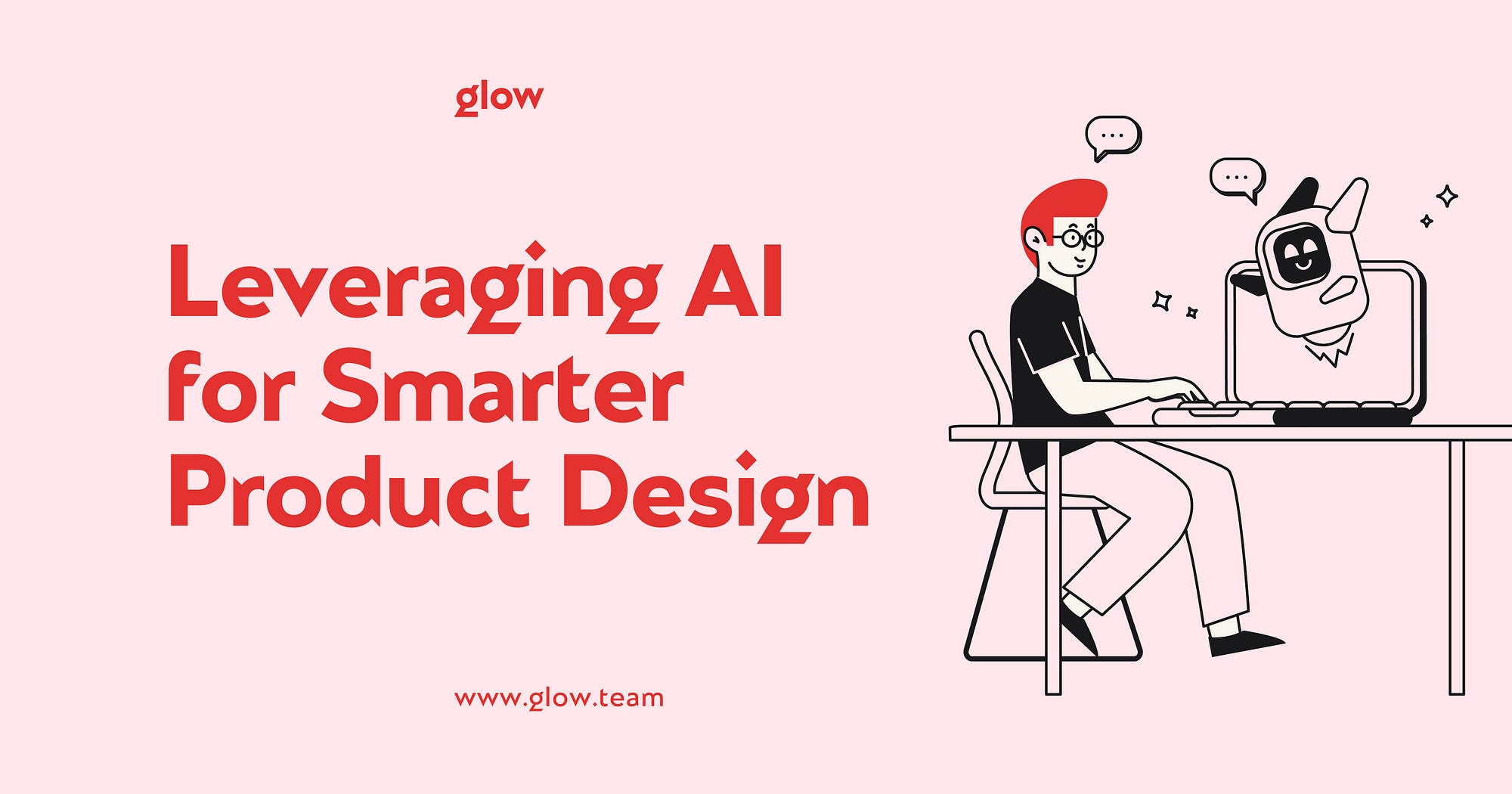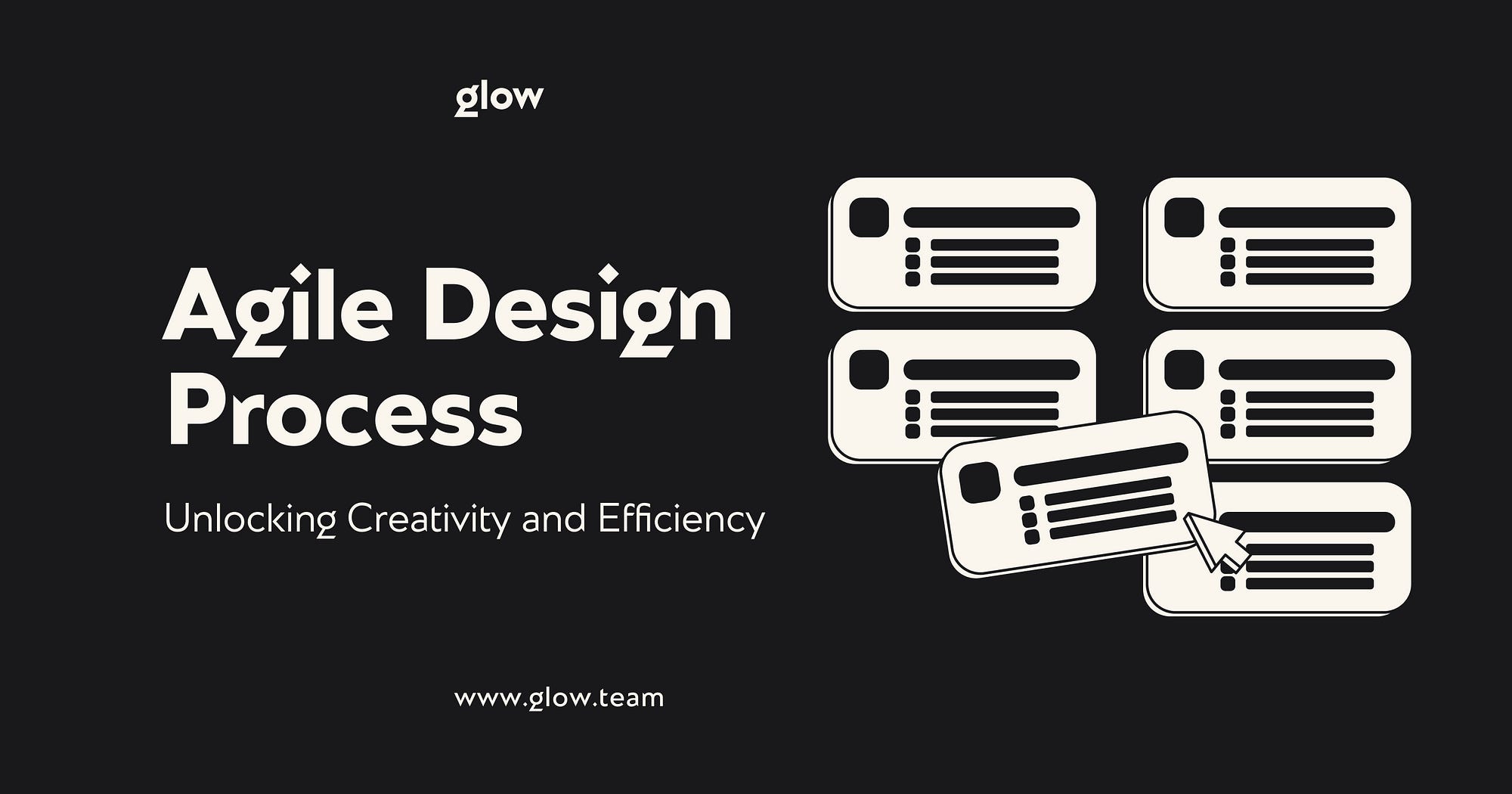Welcome to Agile Design, a revolutionary way of creating and implementing solutions. Agile is more than just a phrase; it's a new, rapidly transforming environment. And Glow Design Agency is a true ace in this field. Therefore, we will help you understand the essence of Agile methodology by providing a brief overview that even beginners can understand.
Imagine this: a design process that adapts and evolves at the speed of your imagination. It is the magic of Agile. We're not talking about rigid plans carved in stone; we're diving into a world where flexibility is king. Why is this important? Because in design and service delivery, adaptability is the secret sauce of success.
Get ready to unlock the secrets of Agile, understand its importance, and learn how to incorporate it into your design. It's time to embrace change, optimize processes, and create a design that dances to the rhythm of innovation. Let's embark on this Agile adventure together!
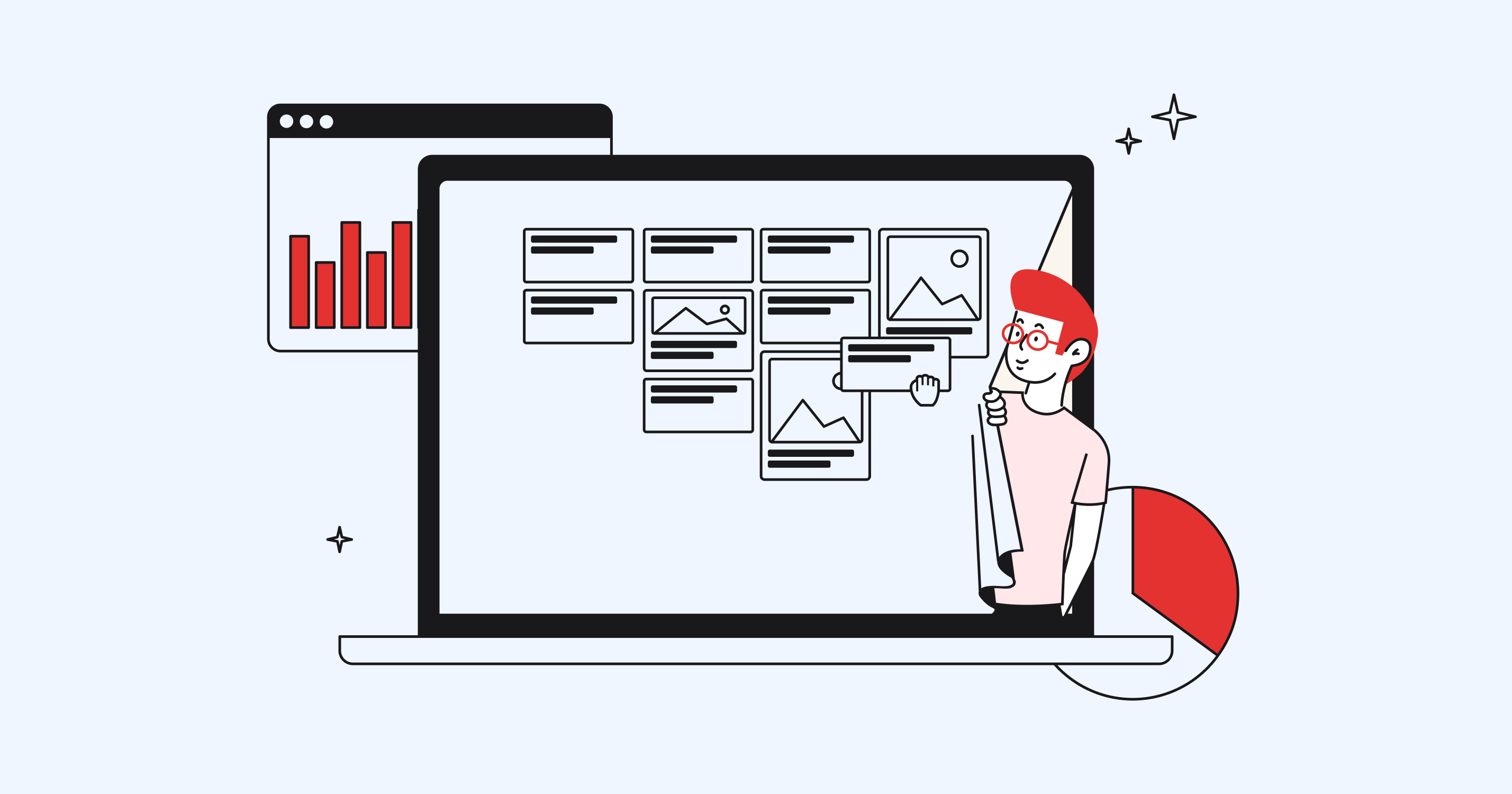
Navigating Agile Design Methodology: Principles, Evolution, and Application
And so, first of all, it is essential to understand what Agile design methodology is. It is a certain agile approach. It is an approach to project management that focuses on a certain amount of collaboration and adaptability. There are certain principles that the project adheres to.
The team reacts to specific changes in this approach rather than following a clear plan. The team pays special attention to frequent and small integrations. It allows the team to create a perfect product that will stand out among competitors.
This methodology was born in the early 2000s. Well, it is only at this stage that the technology has become widespread in various industries. Its historical context is related to the need for a faster response to market changes. The Agile methodology responded to rigid traditional methods that failed to meet rapidly changing requirements. Over time, Agile's iterative nature and customer-centricity made it famous. Now, design thinking and Agile methodology together help to improve the efficiency and outcomes of project development.

Key Components of Agile Design
In the world of Agile design principles, three key components stand out. These are the ones that shape the landscape of creative processes: iterative development, user-centered approach, and collaborative workflow. We suggest taking a closer look at these essential components:
- Iterative development. Unlike traditional methods, Agile design thrives on small, frequent development cycles. It's like putting together a puzzle one piece at a time. But you're constantly refining and tweaking it as you go along. This iterative process ensures that the final product meets changing needs and perceptions.
- User-centered approach. Applying agile design puts the user at the center. Every decision and every detail revolves around meeting user needs and expectations. Regular user feedback ensures that the design will not only be visually appealing. It will be functionally effective.
- Collaborative workflow. Agile is like a team sport. In it, you emphasize open communication between team members. Designers, developers, and stakeholders work hand in hand. It is how they create a dynamic environment where ideas flow freely and problems are solved collectively.
Now, let's understand how Agile design differs from traditional methodologies. The point is that despite modern Agile design, we should not forget about classic and traditional methodologies:
| Agile Design | Traditional Design |
|---|---|
| Prefers iterative development | Follows a linear, step-by-step process |
| Prioritizes user feedback | Often lacks ongoing user involvement |
| Encourages collaboration and adaptability | Relies on fixed plans and less adaptive workflows |
Understanding these components of Agile methodology reveals the flexibility and user-centeredness that distinguish Agile design. They make it a powerful force in the ever-evolving world of design methodologies.

Benefits of Implementing Agile Design
Adopting design thinking tools scaled Agile is not just a trend. It's a strategic move that unlocks many benefits and changes the design landscape. Let's take a closer look at some of the benefits a scaled implementation can bring:
- Increased flexibility and responsiveness to change. Agile design thrives on adaptability. Teams can quickly course-correct as needed by breaking projects into smaller, manageable chunks. This flexibility ensures the design keeps pace with changing requirements and market dynamics.
- Improved collaboration and communication. Agile in service provisioning is like a team-building workshop on steroids. It fosters open communication in project teams and strengthens client relationships. Regular meetings and common workflows keep everyone on the same page. It leads to smoother collaboration and innovative results.
- Improved product quality. Agile not only speeds up the process but also improves the quality of the result. Through constant iterations and user feedback, design quality reaches new heights. Focus on providing working solutions instead of extensive documentation. It ensures that the final product meets both functional and aesthetic expectations.
- Customer satisfaction. Happy users - happy results. User-centered solutions Agile design means that customer feedback is not just welcomed - it is woven into the fabric of the design. This results in products that resonate with users, effectively meeting their needs and preferences.
- Adapting to market changes. In a fast-paced business environment, the ability to change quickly is critical. Agile's responsiveness to change ensures that design teams can easily navigate market changes, staying ahead of the curve.
Implementing Agile Design entails more than simply a shift in technique. It's a calculated investment in the design process. It is nimble, collaborative, and produces excellent outcomes. The advantages spread across projects, teams, and, most crucially, into the hands of happy customers.

Case Studies and Examples
The design phase in Agile methodology is more than just a concept. It is a dynamic force that is changing industries. Let's take a look at real examples where Agile methodology has left its mark:
- Spotify. The music streaming giant uses Agile to improve the user experience continuously. Regular sprints and iterative development allow the Spotify app to stay fresh. It can match user preferences.
- Toyota. Manufacturing is not immune to Agile's attraction. Toyota develops its products using Agile concepts. They provide rapid market adaption and continual progress.
- UX design agencies. In the world of user experience, agencies often apply Agile design to meet customer expectations effectively. Regular feedback loops and iterative adjustments result in websites and applications that evolve to meet user needs.
- Healthcare applications. Agile design principles are gaining momentum in healthcare application development. Continuous iterations based on user feedback help build apps. They are user-friendly and meet the ever-changing requirements of the healthcare sector.
- Financial Services. Agile has found its place in financial institutions. It helps optimize processes such as application development and customer service. Rapid adaptation to regulatory changes and customer feedback allows financial services to stay on their game.
These specific and general examples demonstrate the versatility of Agile methodology. It is proof of its applicability across various industries, from technology and manufacturing to healthcare and finance. The Agile methodology is not just a fashion trend but a transformational approach that drives innovation in all business areas.
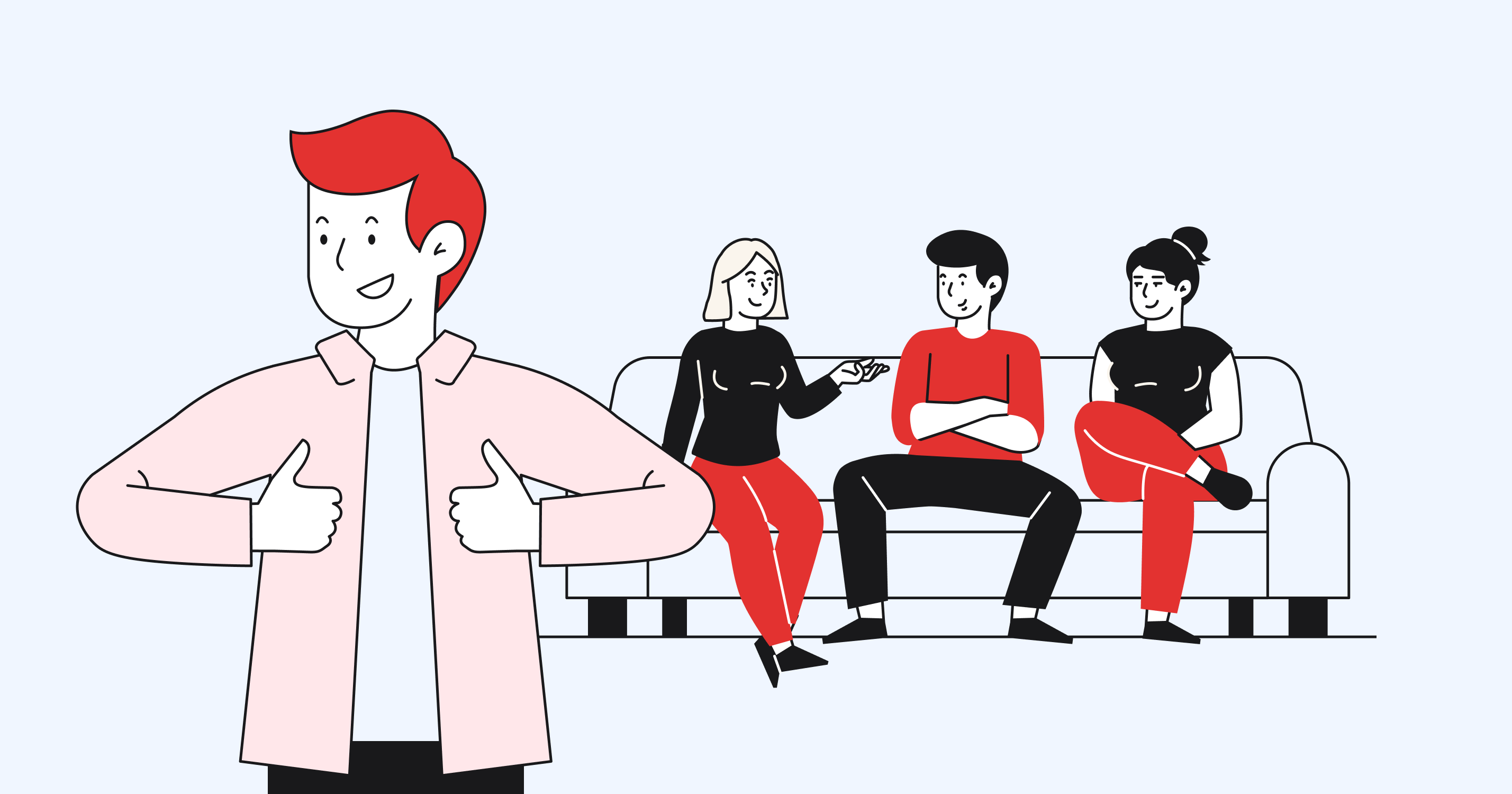
Steps to Implement Agile Design in Your Projects
Are you starting your journey along the components of Agile methodology? We have prepared a simple roadmap for you. It will allow you to integrate Agile principles into your projects easily:
- Define clear goals. Start by defining project goals and deliverables. Clarity from the start lays the foundation for a focused Agile approach.
- Create cross-functional team. Assemble teams with different skill sets. Collaboration between designers, developers, and other disciplines provides a holistic perspective of the entire project.
- Apply iterative development. Break down the Agile methodology in design projects into smaller, manageable tasks. Regularly review and refine these tasks to accommodate changing requirements.
- Prioritize user feedback. Keep end users in the loop. Collect feedback regularly to inform design decisions so that the final product meets user expectations.
- Hold daily meetings. Daily quick meetings allow the team to stay on the same page. Share progress, discuss problems, and adjust strategies as needed.
- Use visual boards. Visuals, such as Kanban or Scrum boards, clearly view tasks and their status. They increase transparency and help teams stay organized during design thinking and Agile methodology.
- Regular retrospectives. Reflection after the project is critical. Identifying what went well and areas for improvement fosters a culture of continuous learning.
- Flexible adaptation. Embrace change. Agile thrives on adaptability, so be prepared to adjust strategies based on changing project needs.
You're not just implementing Agile by incorporating these steps into your design projects. You're building a dynamic, collaborative design culture. Get ready to witness the blossoming of innovation!

Challenges and Solutions in Agile Design
Navigating the waters of solutions, Agile design comes with its challenges. Here's a quick guide to overcoming typical obstacles and ensuring a smooth ride:
- Resistance to change. Team members may resist the transition to Agile. Solution: Provide training and communicate the benefits of increased agility and collaboration.
- Lack of user engagement. Limited user feedback can hinder the effectiveness of Agile. Solution: Establish regular communication channels with users and prioritize their input.
- Deepening the project scope. Constant changes to the project scope can break deadlines. Solution: Clearly define project goals and regularly re-prioritize. This way, you can avoid unnecessary scope creep.
- Communication breakdown. Ineffective communication can lead to misunderstandings among design thinking tools scaled Agile. Solution: Encourage open and transparent communication through regular meetings and updates.
- Overemphasis on processes. Too much focus on processes can stifle creativity. Solution: Balance processes with a culture that values creative thinking and innovation.
Tips for Consistent Agile Practices
Also, we've put together some tips to help you be your best. These tips work for the future of your business:
- Consistent training: Keep your team constantly updated on the principles of ‘what is Agile design methodology’.
- Regular retrospectives: After each project, analyze what worked and what didn't in order to enhance processes.
- Adaptability: Embrace change and adjust Agile practices based on project needs.
- Clear goals: Ensure everyone understands the project goals and their role in achieving them.
- Maintain a collaborative culture: Encourage teamwork and a shared commitment to the project's success.

Tools and Resources for Agile Design
When you are developing a design phase in Agile methodology, some tools can come in handy:
- Jira. A versatile project management tool that helps you track tasks and collaborate with your team.
- Figma. A cloud-based design tool that supports real-time collaboration for design and prototyping.
- Slack. A messaging platform for rapid communication and team collaboration.
- Trello. An intuitive visual project management tool ideal for organizing tasks and workflows.
- Miro. An interactive whiteboard collaboration platform for brainstorming and visualizing ideas.
Resources for Learning and Development
Also, we have collected a small list of resources that can help you with Agile in service provision, etc:
- Agile Alliance. An organization offering articles, webinars, and conferences on Agile methodology.
- Scrum.org. A valuable resource for learning Scrum, a popular Agile framework.
- Atlassian Agile Coach. Provides practical guidance and resources for implementing Agile using Atlassian tools.
- Agile Specialization on Coursera. Offers courses on Agile methodologies suitable for both beginners and experienced practitioners.
These tools and resources are a compass for those navigating the Agile design landscape. It provides both practical support and opportunities for further learning and development.
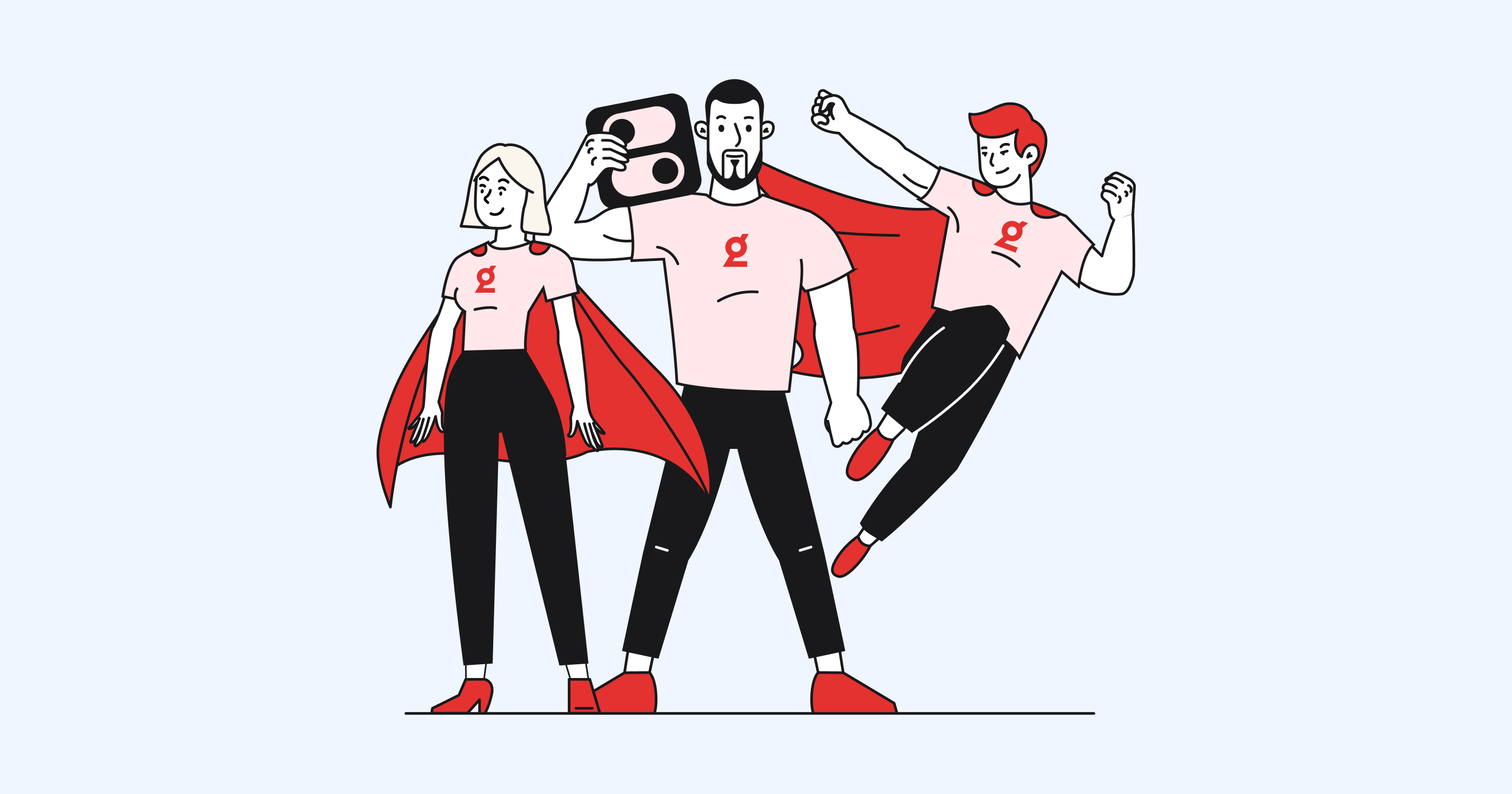
Glow Agency at Your Service
Agile design is about adaptability, cooperation, and continual improvement. That is why Glow Design Agency is your partner in leveraging the revolutionary potential. Our commitment to flexibility, cooperation, and continual improvement meshes perfectly with the fundamental principles of Agile methodology. We deliver creative and customer-centric solutions by breaking projects into simple tasks, prioritizing user input, and encouraging cooperation. Challenges may emerge, but we can quickly solve them with adaptive people and current tools. Allow Glow Agency to guide you in creating a design that thrives in an ever-changing landscape. Contact us today to start your Agile adventure and take your projects to new heights!




